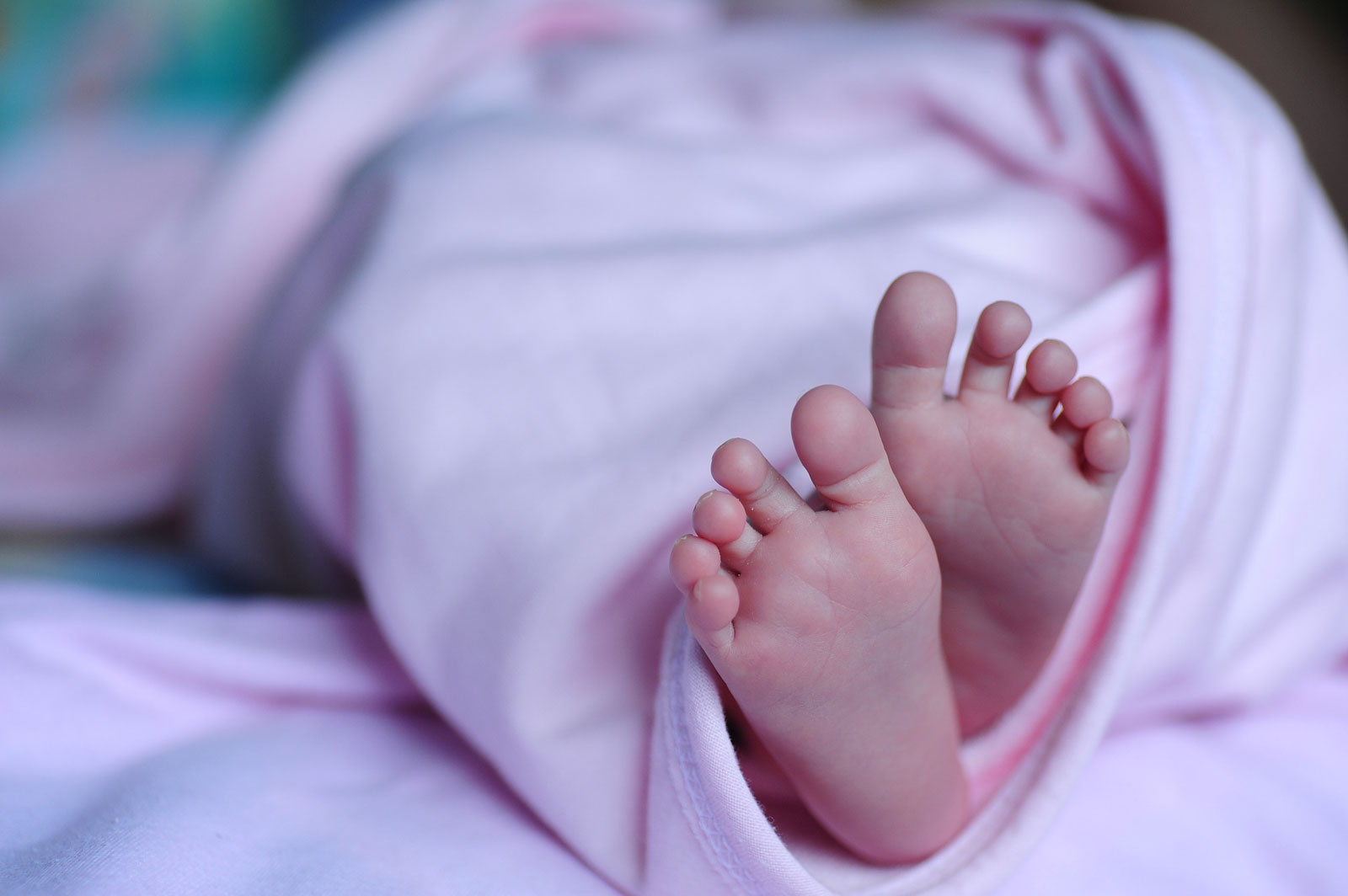The Local newsletter is your free, daily guide to life in Colorado. For locals, by locals.
Although it’s been a sociopolitical talking point for some time, the U.S. Census Bureau made it official this summer: The demographics of America are changing, starting with our youngest citizens. In late June, newly released data revealed that just over half (50.2 percent) of babies born between July 2014 and July 2015 were racial or ethnic minorities.* In fact, this majority-minority crossover—which refers to when one or more ethnic or racial minorities becomes the majority in a certain population—occured back in 2013.
This trend is one in which Colorado lags behind. According to the most recent data from the State Demography Office—which tracks population, demographics, and forecasts trends—about 61 percent of Colorado babies under the age of one are non-Hispanic white. Cindy DeGroen, one of the state’s demographers, expects that Colorado’s newborns won’t hit majority-minority crossover status until around 2030.

That outlook is based on several factors that contribute to changes in birth statistics, including population shifts into and out of Colorado, plus economic, housing, employment, and education trends. But the biggest factor is our state’s racial makeup, which is currently almost 69 percent non-Hispanic white. That puts us right about in the middle—ranking at number 28—on the Census Bureau’s list of states with the highest white populations. (Maine and Vermont top the list at more than 93 percent white.)
On the flip side, four states and Washington, D.C. already have populations where minorities collectively outnumber whites. Whites have never been the majority in Hawaii and presently make up just 22.9 percent of the population. In D.C., they comprise 35.7 percent. The other states are California (38.3 percent), New Mexico (38.7 percent), and Texas (43.4 percent), and the United States as a whole is currently just under 62 percent white.
As this Pew Research Center chart shows, every age bracket in the U.S. population is a little more racially diverse than the older one ahead of it—and this change is happening quicker than some people think. The Census Bureau forecasts that the U.S. population will become majority-minority around 2044—on its way to a projected 56 percent by 2060—meaning the term “majority-minority” will officially become outdated within about 30 years.
*Read more about how the U.S. Census categorizes race and ethnicities.









